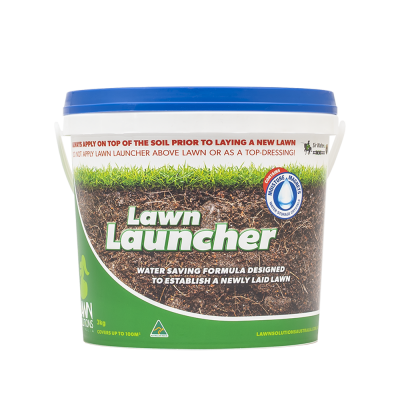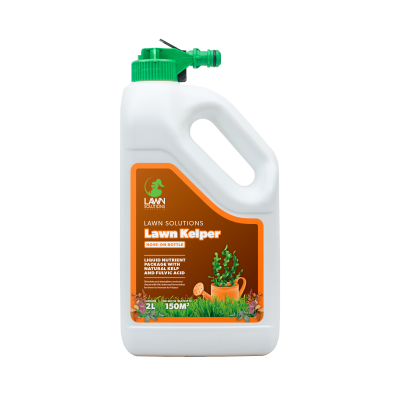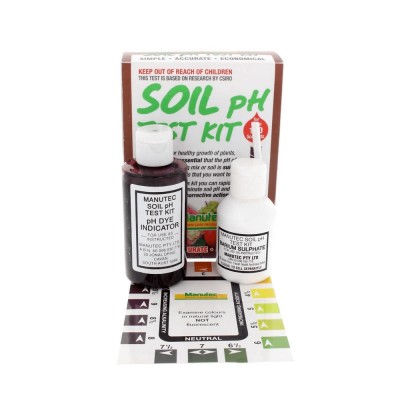A well maintained and regularly mowed lawn will generally keep Chickweed at bay, so this is the best prevention method for avoiding a recurrence.
Description
Chickweed is a low growing, winter annual weed that can continue growing all through summer. It has paired leaves protruding opposite one another that have minimal fine hairs. As temperatures rise white flowers bloom in clusters at the end of a stem. Chickweed isn’t too much of a troublesome weed and can be a welcome part of many people’s gardens with its edibility and medicinal qualities. But if it is in your lawn and you need to remove it, there are simple ways to get on top of it.
Treatment
Like most lawn weeds, the easiest method of removing Chickweed from your lawn is by hand. Dig underneath the weed and remove the full plant from the grass. The best time to do this is early in its lifecycle before it has started to flower. When this happens, the seed is dispersed, and it will likely germinate in your soil again next year.
A well maintained and regularly mowed lawn will generally keep Chickweed at bay, so this is the best prevention method for avoiding a recurrence.
Post Emergent Herbicides
If you have a substantial spread of chickweed in your grass, then an application with a broadleaf herbicide would be the go. Most commonly available herbicides will kill chickweed as it is particularly susceptible to their active ingredients. Just make sure when choosing your herbicide, that it is safe to use on your particular turf variety.
Some options include:
Pre-Emergent Herbicides
A really effective way of stopping the chickweed from germinating in your lawn again next year is to apply a pre-emergent herbicide like Oxafert. These herbicides act by stopping weeds from germinating from the soil in the first place. In order for them to work effectively, you need to apply them before emergence. For Chickweed, this would mean you would be best applying it in late winter/early spring.


